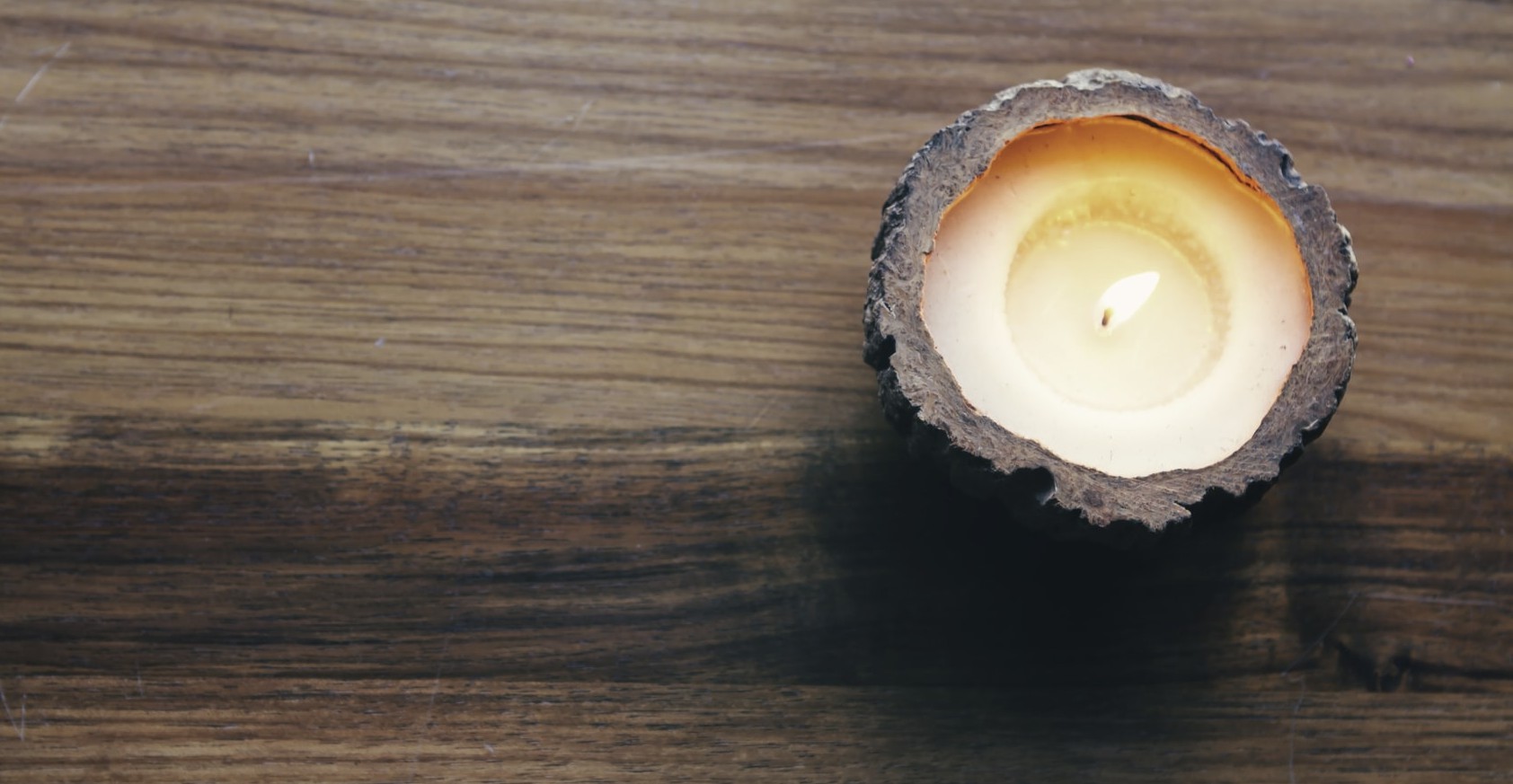
Burning candles might seem like a simple task that is easy to do safely, but there are probably a lot of safety precautions you weren’t aware of. Just because you have been lucky so far, doesn’t mean you always will.
According to the National Fire Protection Agency (NFPA), approximately 25 home fires are reported every day starting from burning candles. Here are some other things to know about candle-related incidents:
- About 36 percent of reported home fires begin in the bedroom
- These have caused 32 percent of deaths from fires between 2009 and 2013
- Approximately 30 percent of candle fires occurring in the home were from falling asleep while the candle was burning, resulting in 30 percent of the associated deaths
Know How to Prepare For Burning Candles
Candle safety starts before you even start lighting the candles. When you have a brand new candle, its wick might be too long, which could put you at risk for fire. Make sure the wick is only as long as you need it, trimming it down by about ¼ inch every time you burn the candle. Make sure your candle is in a proper candle holder, not just a pretty one. It should be stable, flame retardant, and be able to catch wax drips.
When setting up your candles to burn, keep them in a well-ventilated area and on a heat-resistant surface. You want the candles to be at least 12 inches from anything flammable or that can burn, such as paper or plastic items.
Precautions While Burning the Candles
When you start burning the candle, only do so when you or someone else will be in the room. You should never leave the room for long periods of time or go to sleep with a candle burning. In addition, don’t burn the candle all the way down; dispose of the candle when there is a couple of inches left in the container or candle holder.
Further, don’t set your candles too close to each other, whether on a bathroom counter, table, or mantle. They should be placed high enough where children and pets can’t get injured by them or not them over and accidentally cause a fire. If there is a power outage when burning candles, be very careful where you place them.
Be Careful When Blowing Them Out
If you are going to leave the house, go to sleep, or spend some time outdoors, blow out the candle. It will only take a moment to light it up again when you return.
When it is time to blow out the candle, it is best that you use a candle snuffer. This simply puts out the flame without having it blow hot wax toward something. Don’t use anything too cold, such as cold water, because it can cause a glass candle holder to break. Avoid touching the candle until it has cooled off.
With so many home fires caused by burning candles, it’s imperative to be covered with a good homeowners insurance policy.